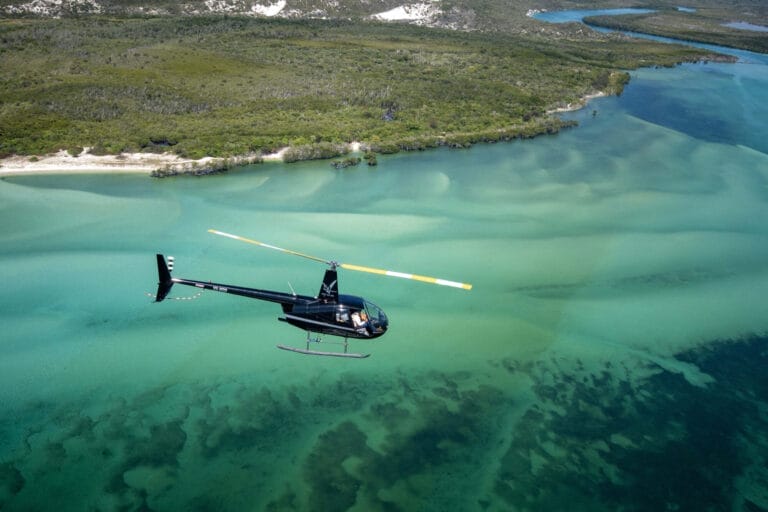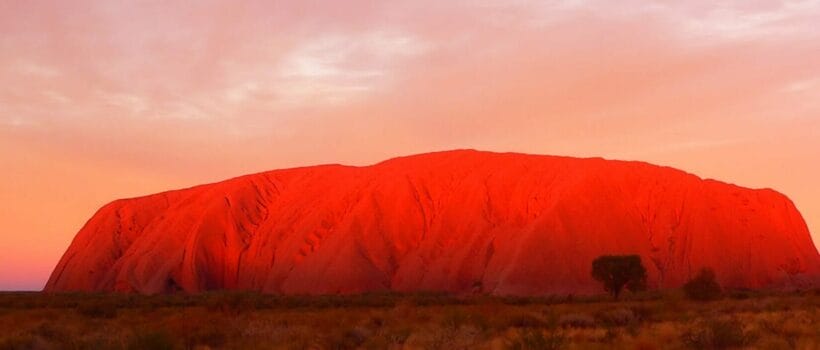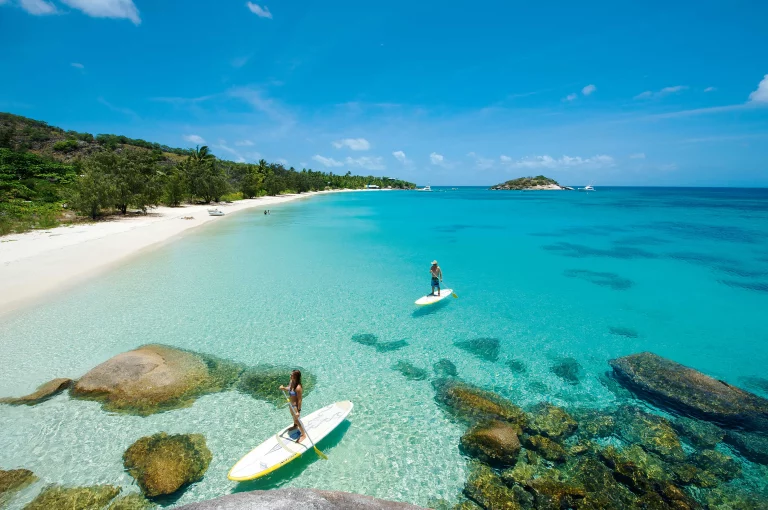
The Langham Gold Coast
CITY HOTEL | The Langham Gold Coast is a luxury hotel offering stunning views of the beaches and hinterlands, located near Surfer’s Paradise. It’s ideal for both beach exploration and wellness activities.
Call an Australian luxury travel designer at The Tailor on: +61 (0)8 8354 4405
SEIT Outback Australia offers tours that are exciting, adventuresome and exclusive. Based in Alice Spring in the heart of Australia’s Red Centre, it offers the very best that central Australia has to offer.
An innovative touring company, ‘SEIT’ is an acronym that embodies the company’s philosophy to touring.
Spirit – Feel the spirit of the traditional ancestors and the history of the pioneers.
Emotion – Experience the emotion of the outback as you undertake your journey.
Intellect – Feed your intellect through knowledgeable and professional guides.
Task – Undergo a hands-on task with each of the touring experiences.
The group works in joint partnership with a variety of private tour operators, national parks, private landowners and Aboriginal operators. It takes you to classic Outback locations including Uluru (Ayres Rock), Kata Tjuta (the Olgas), Mt Conner, Kings Canyon, East and West MacDonnell Ranges.
Pick a tour that focuses on traditional culture and iconic landmarks; focus solely on the spirit of the traditional owners; or get adventurous and dare to wander off the beaten track…
Join your SEIT Outback Australia Guide on a five hour tour of the most profound and culturally significant monolith in Australia.
You’ll travel thorough dramatic desert landscapes to the entrance of the Uluru-Kata Tjuta National Park. From here it’s only a matter of minutes before the spectacle of Uluru rises from the red sands.
Your first steps are a photographic opportunity of this amazing icon, but you’ll soon be in the thrall of the monolith as your guide leads you closer, stopping a tranquil spot.
Next you’ll drive drive around the base, stopping at Mutitjulu Waterhole, a semi-permanent watercourse nestled in the contours of Uluru, where you learn the Creation stories of Liru (poisonous snake) and Kuniya (python) as well as a number of other stories associated with other prominent Tjukurpa (Dreaming) stories.
You’ll see the rock art of the ancients and learn how Uluru was, and still is, a significant location for teaching young Aboriginal people. Then you’ll adjourn to the new Talinguru Nyakunytjaku viewing area where you will observe an uninterrupted view of Uluru with Kata Tjuta in the background.
It’s now time to enjoy one of the world’s most famous sunsets…
From the entrance of Uluru-Kata Tjuta National Park, you embark on a pre-dawn drive through the desert to the astonishing rock formations of Kata Tjuta.
On arrival at the viewing area you walk to the best vantage point to see the 36 domes that comprise this spiritual place, while watching the morning light play across the rocks and desert.
You’ll then make your way to the western side of Kata Tjuta to enjoy a gourmet picnic breakfast.
As you approach the entrance to Walpa Gorge, named for the wind (Walpa) that whistles between the massive domes that shape Kata Tjuta, the result of eons of weathering and continual upheaval, your guide will share the significance of this men’s sacred ceremonial site.
Your five hour tour ends with a stroll between these mighty conglomerate rock walls as your guide explains how the environment and the geology has evolved over millions of years.
Framed by the MacDonnell Ranges and an intense desert landscape, the township of Alice Springs is Australia’s most famous outback town. Called Mpwante by the traditional owners, the Arrernte people, and situated just 200 kilometres south of the geographic centre of Australia, the town of Alice Springs began as a repeater station along the Overland Telegraph Line.
The introduction of camels, development of pastoral industry and discovery of alluvial gold, combined with the town’s secluded location, has led to the creation of an unrivalled identity, a flourishing arts community and a wealth of quirky festivals.
Alice Springs desert climate and landscapes encourage a healthy outdoor lifestyle and sets a great scene for outback adventure.
Uluru-Kata Tjuta National Park is inscribed on the World Heritage List for both its natural and cultural values. Rising from the broad desert plain in the deep centre of Australia, Uluru (Ayers Rock) is Australia’s most recognisable natural icon.
The famous rock stands 348m high and, like an iceberg, has most of its bulk below the surface. It is located 440km south-west of Alice Springs. Forty kilometres further west lies Kata Tjuta (The Olgas), complex piles of wind-smoothed rock domes that date back 500 million years. Both Uluru and Kata Tjuta have great cultural significance for the Anangu traditional landowners.
SEIT collects guests from either Alice Springs or Uluru (Ayers Rock) airports or accommodation.
SEIT Outback Adventure offer day and extended touring either in small groups or on a private basis. Two of our most popular tours with SEIT are the Uluru and the Kata Tjuta Tour.
Single day tours and extended journeys are available all throughout the year. Ask The Tailor to create an itinerary to suit you.
Plan your Australian adventure with our expert travel designers.

CITY HOTEL | The Langham Gold Coast is a luxury hotel offering stunning views of the beaches and hinterlands, located near Surfer’s Paradise. It’s ideal for both beach exploration and wellness activities.

MULTI DAY TOUR | Located in the rugged Cape York region, Bungie Helicopters offer all-inclusive heli-fishing and scenic multi-day journeys to tantalise the adventurous traveller

CITY HOTEL | Perfectly positioned in the historic Rocks District, the Four Seasons Sydney offers generous rooms and a pool in Australia’s busiest city.
Phone: +61 (0)8 8354 4405
Freecall: 1300 364 406
Email: [email protected]
Mon-Fri 08.30 – 17.00 (ACST)
3 / 262 Marion Road
Netley SA 5037, Australia
The Tailor acknowledges the Traditional Custodians of Country throughout Australia and their connections to land, sea and community.
We pay our respect to their Elders past and present and recognise their custodianship of Culture and Country for over 60,000 years.

Call an Australian luxury travel designer at The Tailor on: +61 (0)8 8354 4405
Leave a message
Send us your enquiry or message. We will notify you at your email address when you get a reply.

Fill in your details and we’ll get back to you in no time.